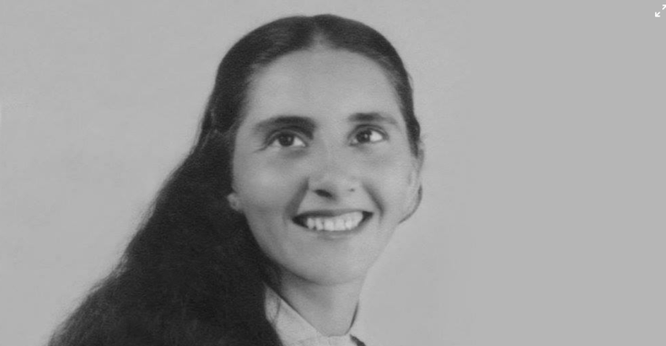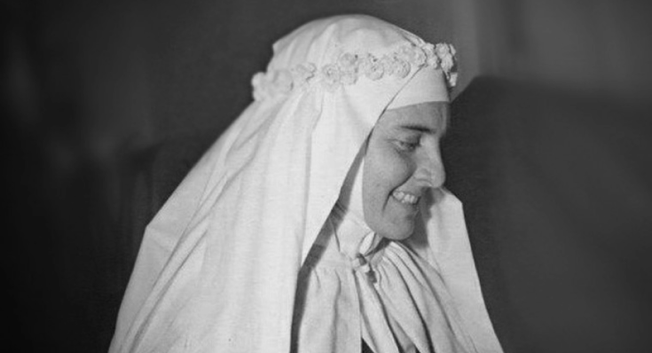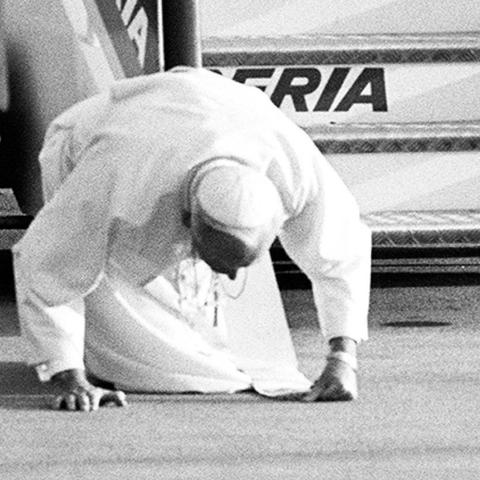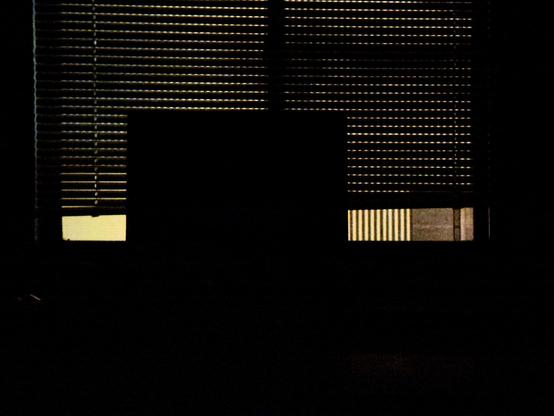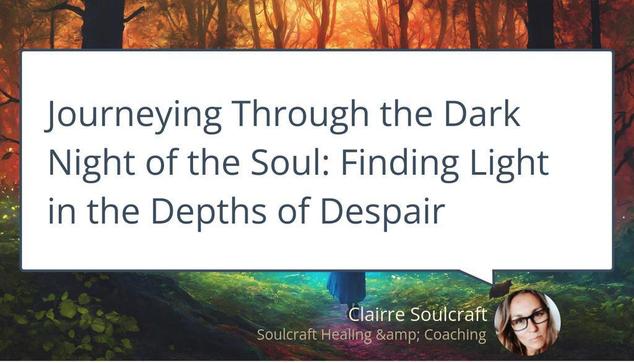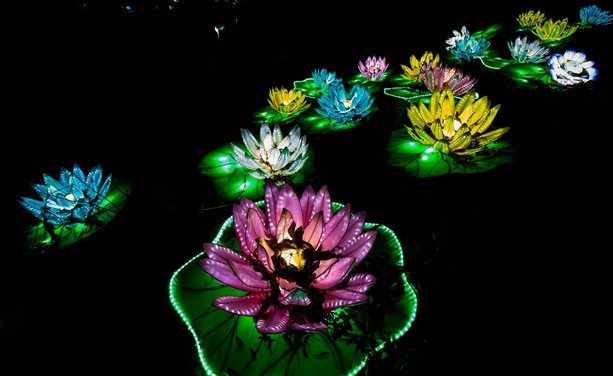After receiving Papa’s permission, I believed I’d be able to fly to Carmel without any fears, but painful trials were still to prove my vocation. It was with trembling I confided my resolution to Uncle. He showed me great tenderness but did not grant me his permission to leave. He forbade me to speak about my vocation to him until I was seventeen. It was contrary to human prudence, he said, to have a child of fifteen enter Carmel.
This Carmelite life was, in the eyes of many, a life of mature reflection, and it would be doing a great wrong to the religious life to allow an inexperienced child to embrace it. Everybody would be talking about it, etc., etc. He even said that for him to decide to allow me to leave would require a miracle.
I saw all reasoning with him was useless and so I left, my heart plunged into the most profound bitterness. My only consolation was prayer. I begged Jesus to perform the miracle demanded, since at this price only I’d be able to answer His call.
A long time passed by before I dared speak to him again [in reality, it was only two weeks]. It was very difficult for me to go to his home, and he himself seemed to be no longer considering my vocation. I learned later on that my great sadness influenced him very much.
Before allowing any ray of hope to shine in my soul, God willed to send me a painful martyrdom lasting three days. Oh! never had I understood so well as during this trial, the sorrow of Mary and Joseph during their three-day search for the divine Child Jesus. I was in a sad desert, or rather my soul was like a fragile boat delivered up to the mercy of the waves and having no pilot. I knew Jesus was there sleeping in my boat, but the night was so black it was impossible to see Him; nothing gave me any light, not a single flash came to break the dark clouds. No doubt, lightning is a dismal light, but at least if the storm had broken out in earnest I would have been able to see Jesus for one passing moment.
But it was night! The dark night of the soul! I felt I was all alone in the garden of Gethsemane like Jesus, and I found no consolation on earth or from heaven; God Himself seemed to have abandoned me. Nature seemed to share in my bitter sadness, for during these three days the sun did not shine and the rain poured down in torrents. (I have noticed in all the serious circumstances of my life that nature always reflected the image of my soul. On days filled with tears, the heavens cried along with me; on days of joy the sun sent forth its joyful rays in profusion, and the blue skies were not obscured by a single cloud.)
Finally, on the fourth day, which happened to be a Saturday, the day consecrated to the sweet Queen of heaven, I went to see Uncle. What was my surprise when I saw him looking at me, and, without expressing any desire to speak to him, he had me come into his study!
He began by making some gentle reproaches because I appeared to be afraid of him, and then he said it wasn’t necessary to beg for a miracle, that he had only asked God to give him “a simple change of heart” and that he had been answered.
Ah! I was not tempted to beg for a miracle because the miracle had been granted; Uncle was no longer the same. Without making any allusion whatsoever to “human prudence,” he told me I was a little flower God wanted to gather, and he would no longer oppose it!
Saint Thérèse of Lisieux
Manuscript A, folios 50v–51v
Note: On 8 October 1887, St. Thérèse approached her uncle, St. Zélie’s brother Isidore Guérin to ask his permission to enter the Carmel of Lisieux. Thérèsian expert Bishop Guy Gaucher, O.C.D., describes this scene in his benchmark biography, Story of a Life:
All these plans came up against a major obstacle: Uncle Isidore. The Martin girls’ guardian put his veto on his niece’s desire. On Saturday, 8 October, six months after she had spoken to her father, Thérèse in trepidation entered the chemist’s study. Kindly but uncompromisingly he countered Thérèse’s tears with prudent reasoning: she was far too young for ‘that philosopher’s life.’ The whole town would be talking about it. A well-known person in Lisieux must avoid scandal. Let his niece—who undoubtedly did have a vocation—not mention it to him until she was seventeen. It would take a miracle to make him change his mind.
On the same day, Thérèse wrote to Sister Agnès [her sister, Pauline] (who had advised her to speak to him) to tell her about the failure of the interview. They had again become very close to each other. Pray for your Thérèsita. You know how much she loves you. You are her confidante. Pauline once again came to the fore and guided her young sister’s struggles. The postulant felt full of confidence, certain that God would not abandon her.
Nevertheless, for three days (from 19 to 22 October), for the first time, she experienced inner dryness, the silence of God. Night, the dark night of the soul like Jesus in his agony in the garden. I felt that I was alone, finding no consolation either on earth or from heaven. God seemed to have forsaken me!!! This was a new and bewildering experience for one who had known so much light since Christmas. She could no longer understand. Seeing her in this sad state in the parlour on Thursday, the 21st, Sister Agnès no longer held back: she wrote to her uncle. Naturally, she did not wish to argue with him, but to explain to him the situation as she saw it. In her opinion, it was much ‘more than childish fretting.’
[Uncle Isidore] Guérin had always had a high regard for his godchild. From that Saturday he changed his opinion. Let Thérèse enter Carmel!
Gaucher, G 1993, The story of a life: St. Thérèse of Lisieux, HarperSanFrancisco, San Francisco, CA.
of Lisieux, T 1996, Story of a Soul: The Autobiography of St. Thérèse of Lisieux, 3rd edn, translated from the French by Clarke J, ICS Publications, Washington, DC.
We always refer to the website of the Archives of the Carmel of Lisieux for the vast majority of our quotes concerning Saint Thérèse, Saint Zélie, and Saint Louis Martin. If you would like to purchase English translations for the collected works of St. Thérèse, please visit the website of our Discalced Carmelite friars at ICS Publications.
Featured image: This photo of the hands of St. Thérèse resting on her lap is a detailed image of a photographic portrait that was taken at the age of 15 in April 1888. The photo was taken in the studio of Madame Besnier, a photographer in Lisieux, not long before Thérèse entered the Carmel of Lisieux on April 9. Image credit: Archives of the Carmel of Lisieux (Fair use)
https://carmelitequotes.blog/2024/06/22/tej-msa51r/
#calm #CarmelOfLisieux #darkNight #godfather #IsidoreGuérin #Jesus #miracle #permission #StThérèseOfLisieux #storm #vocation

